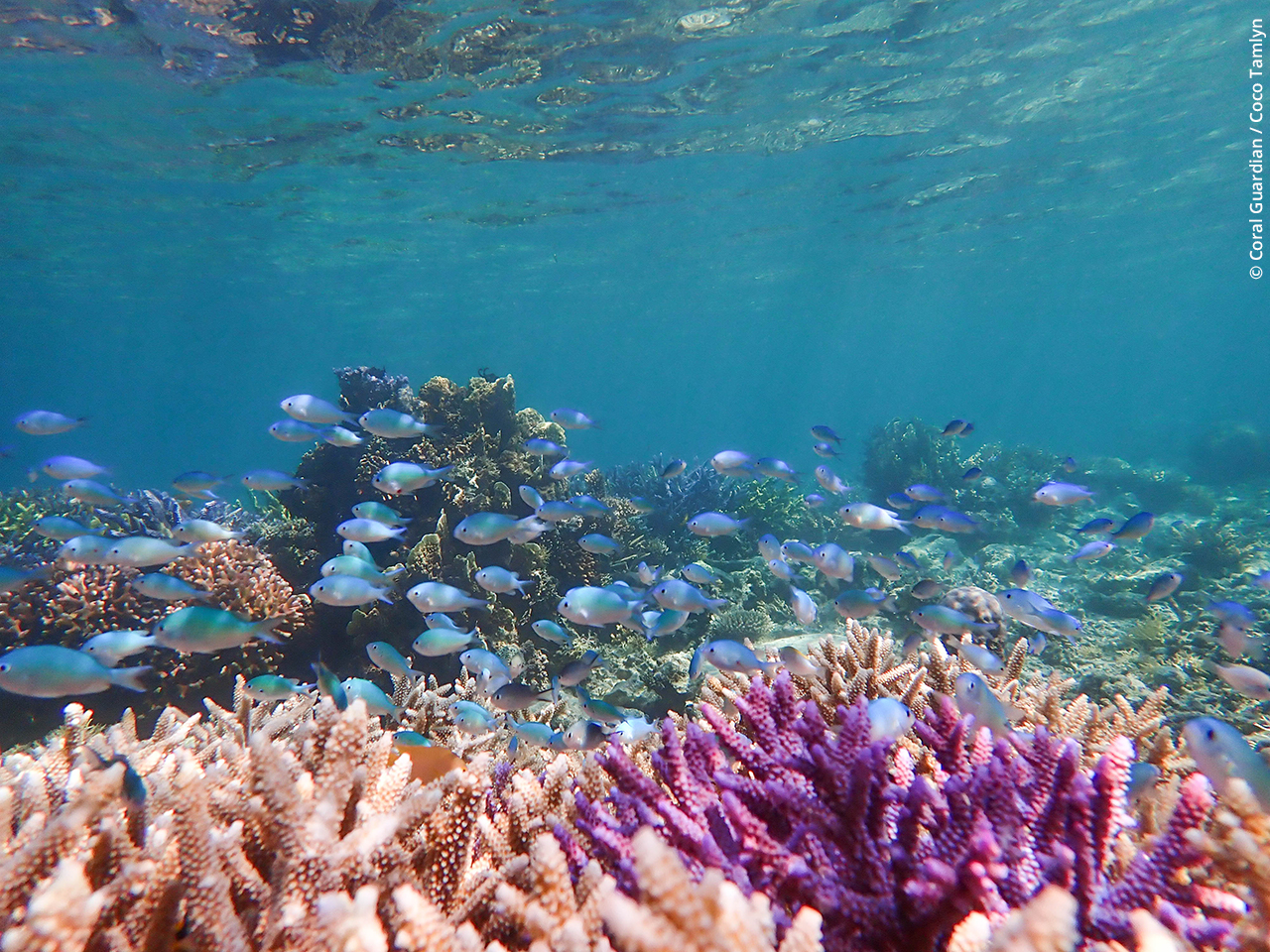The oceans, true reservoirs of resources and biodiversity, are facing unprecedented challenges: climate change, pollution and overexploitation. In this context, marine public-private partnerships present themselves as an innovative and promising solution. By combining the strengths of the public and private sectors, these collaborations can generate beneficial synergies, combining expertise, financing and technology. By promoting sustainable initiatives and developing blue economy projects, these partnerships could not only preserve our marine ecosystems, but also transform our maritime future into a model of sustainability and innovation.
| Axis of impact | Concise description |
| Technological innovation | Marine PPPs promote the development of new technologies for the management of maritime resources. |
| Environmental sustainability | They encourage sustainable practices, contributing to the protection of marine ecosystems. |
| Economic investment | Private investments are boosting maritime infrastructure, boosting the regional economy. |
| Cross-sector collaboration | PPPs facilitate the exchange of skills between the public and private sector, enhancing the efficiency of projects. |
| Local Jobs | They generate jobs in coastal communities, reducing unemployment and boosting the local economy. |
| Adaptation to climate change | Partnerships improve infrastructure resilience to the impacts of climate change. |
| Access to markets | PPPs open new markets for innovative maritime technology companies. |
- Sustainable investment
- Access to private financing for maritime projects
- Technological innovation
- Collaboration to develop eco-responsible solutions
- Job creation
- Employment Opportunities in the Expanded Maritime Sector
- Infrastructure improvement
- Modernization of ports and maritime facilities
- Research support
- Partnerships with academic institutions for innovation
- Environmental protection
- Development of projects focused on sustainability
- Strengthening local capacities
- Training and skills development of maritime workers
- Risk sharing
- Reducing financial risks through strategic alliances
Table of Contents
ToggleRole of Public-Private Partnerships in the maritime sector

THE Public-Private Partnerships (PPP) sailors can revolutionize the maritime sector by synthesizing the resources and skills of public and private institutions. Their role is to design and implement innovative projects while sharing risks and benefits.
They play a crucial role in the protection of marine resources. By partnering with public institutions, private companies can access funding and regulatory support to develop biodiversity monitoring and conservation technologies. For example, in Morocco, partnerships have been established for irrigation and sea water desalination, illustrating how PPPs can overcome water challenges.
In terms oftechnological innovation, PPPs promote the development of advanced solutions such as renewable marine energy and the decarbonization of ships. For example, the collaboration between CMA CGM and BPI France to decarbonize fishing boats French shows the potentially colossal impact of PPPs on reducing greenhouse gas emissions.
PPPs are also essential for fight against marine pollution. By joining forces, public and private entities can promote public awareness and education campaigns, as well as concrete initiatives such as beach cleanups and the development of wastewater filtration technologies.
THE economic development is another significant dimension. Modern maritime infrastructure, such as maritime transport hubs like Tanger Med, illustrate how PPPs can stimulate the local economy by improving trade and maritime logistics while respecting environmental standards.
In conclusion, Marine Public-Private Partnerships represent a promising solution to address the major challenges of the maritime sector by pooling skills, resources and innovations in the service of a sustainable maritime future.
Collaborations between the public and private sectors
THE public-private partnerships (PPP) play a crucial role in the maritime sector by stimulating thetechnological innovation and strengthening infrastructure for sustainable development. These collaborations make it possible to pool skills and resources to achieve common objectives in terms of protection of marine resources and stimulation of the blue economy.
In the maritime sector, PPPs facilitate the implementation of maritime projectsrenewable marine energy, which contributes to the reduction of carbon emissions and the fight against climate change. These initiatives also contribute to job creation and local economic growth.
THE public and private sectors can collaborate in different ways, for example, by developing cutting-edge technologies forethical aquaculture and sustainable fisheries management. Governments can provide tax incentives and a favorable regulatory framework, while private companies contribute their technical expertise and capacity for innovation.
In Ivory Coast, investors are encouraged to choose this destination for their maritime projects, thanks to a favorable public-private partnership framework according to this article.
In Morocco, the public-private partnership model has demonstrated its effectiveness in the development of the maritime sector and could serve as an example for other nations as shown in this source.
PPPs also help raise public awareness of the importance of maritime ecological tourism and promote sustainable practices that preserve the marine biodiversity. By working together, the public and private sector can not only improve the management of marine resources, but also ensure that innovations respect the rights of the sea and environmental standards.
Examples of success in other areas
THE public-private partnerships (PPP) play a crucial role in transforming our maritime future. They make it possible to combine the resources and expertise of the public and private sectors to carry out ambitious projects. These collaborations are essential for the development of maritime infrastructure, the conservation of ecosystems and the promotion of technological innovation.
PPPs facilitate the creation of marine renewable energy projects, such as offshore wind farms, which help reduce our dependence on fossil fuels. A notable example is the partnership between the Alliance Sorbonne University and France Énergie Marine for the research and development of marine renewable energies.
In the sector of sea transport, PPPs make it possible to modernize port infrastructure and develop more efficient logistics solutions. In South Africa, collaborations between government and private companies have significantly improved maritime transport, positively influencing the regional economy and trade.
Public-private partnerships also offer opportunities for marine conservation and the protection of biodiversity. They undertake initiatives for the management of marine resources, the fight against pollution and the preservation of ecosystems, thus ensuring the sustainability of our oceans for future generations.
The sector of marine scientific research benefits greatly from PPPs, particularly when it comes to developing technological innovations. These partnerships fund crucial studies and support the development of new technologies for ocean exploration and sustainable resource management.
In other areas, PPPs have demonstrated their potential by successfully completing large-scale projects. For example, in the metropolis of Rouen, a public-private partnership was set up to face the challenges posed by the COVID-19 pandemic, thus showing the flexibility and effectiveness of this type of collaboration.
Marine public-private partnerships are not limited to local projects. They are also essential for leading coordinated actions on a global scale, thus helping to address the global challenges linked to climate change and marine pollution.

Frequently Asked Questions
A Marine Public-Private Partnership is a collaboration between the public and private sectors that aims to develop sustainable and innovative maritime projects.
The benefits include sharing financial resources, innovation, reducing risks, and improving the efficiency and quality of maritime services.
These partnerships facilitate the implementation of sustainable technologies, encourage conservation practices and help manage marine resources responsibly.
Projects may include port infrastructure, maritime transportation systems, ocean research initiatives and offshore renewable energy solutions.
They can stimulate job creation, attract investment and promote economic development through improved maritime infrastructure and services.
Challenges include coordination between stakeholders, management of expectations, and the need for a clear and stable regulatory framework.
The government plays a key role in facilitating collaboration, providing appropriate regulations and providing financial or logistical support for maritime initiatives.









